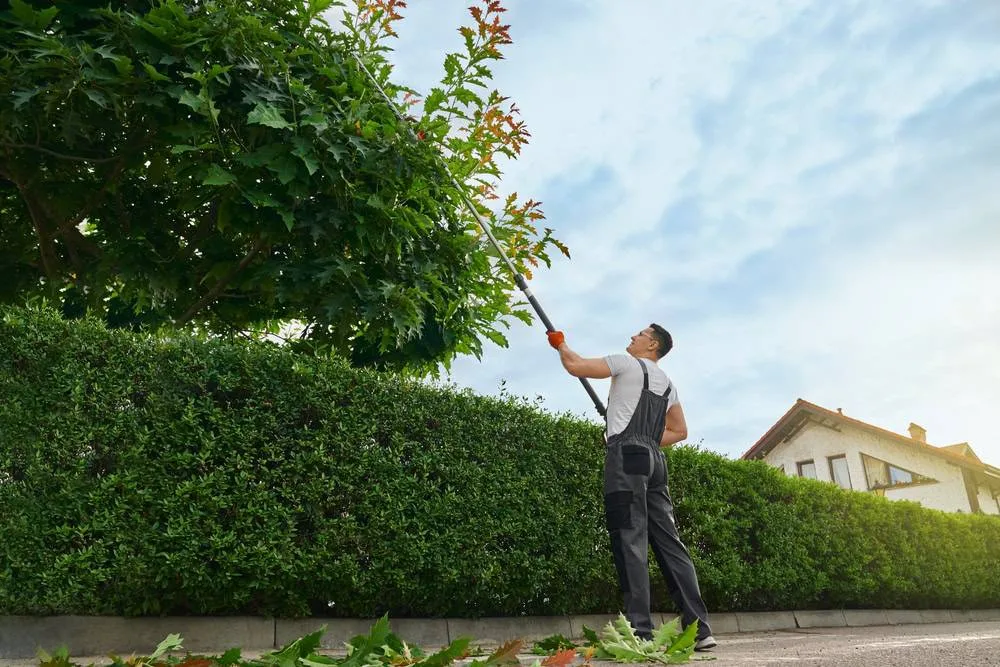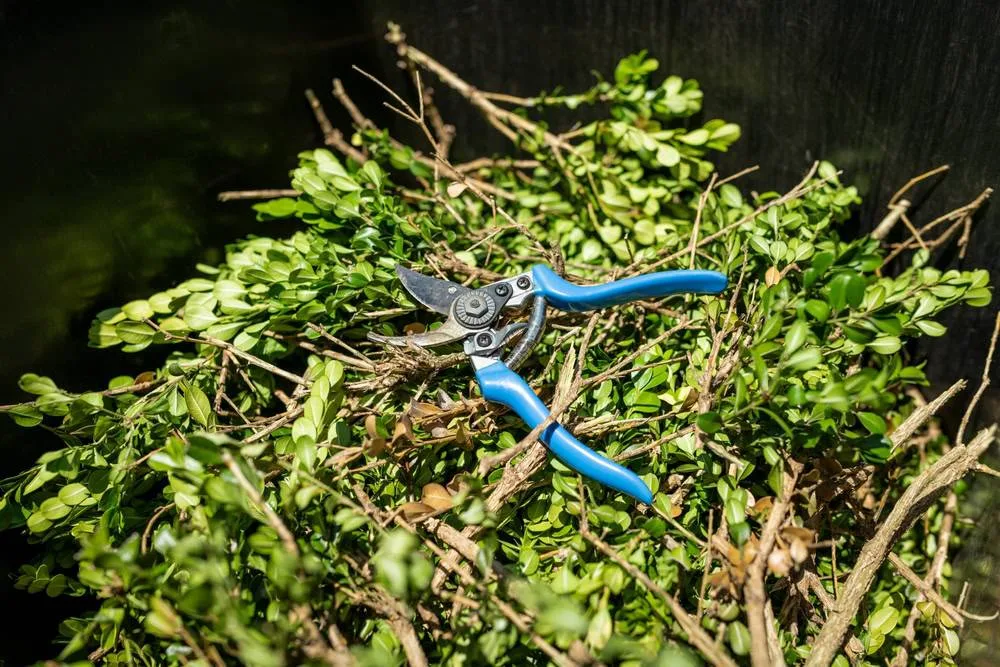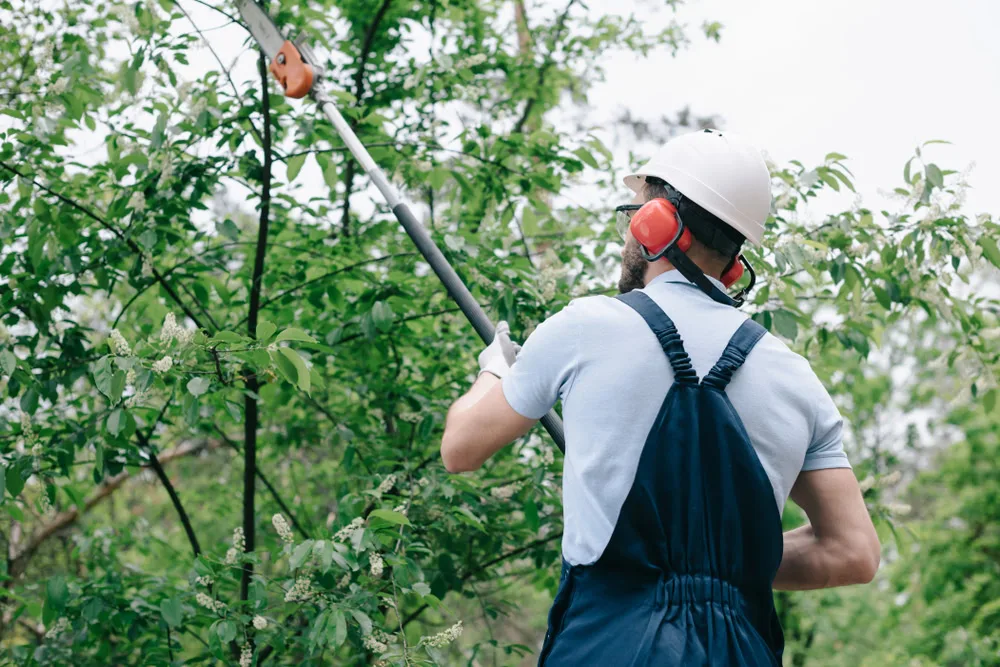Tree Trimming in Locust Valley, NY
Keep Your Trees Healthy and Safe
Professional tree trimming that protects your property and enhances your landscape’s natural beauty.

Hear from Our Customers

Professional Tree Care Services
Your trees get stronger, not weaker. Professional trimming removes dead and diseased branches that could fall during the next storm, while strategic cuts improve air circulation and sunlight penetration. This means healthier growth patterns and reduced risk of pest infestations.
Your property stays protected. Overgrown branches near your roof, power lines, or walkways create real hazards. Regular trimming keeps these risks in check while maintaining the mature canopy that makes Long Island properties so appealing.
The cleanup happens completely. You don’t deal with piles of branches or debris scattered across your yard. Everything gets hauled away, leaving your landscape looking better than when we arrived.
Locust Valley Tree Specialists
Green Light Tree Services has been caring for Long Island trees for years, understanding how local species respond to our coastal climate and seasonal weather patterns. Our crew includes certified arborists who recognize the difference between healthy pruning and harmful cutting.
Every job gets handled by licensed, insured professionals using proper equipment and techniques. This isn’t weekend warriors with chainsaws – it’s trained specialists who understand tree biology and safety protocols.
We serve Locust Valley and surrounding North Shore communities, building relationships with homeowners who value their property investments and want trees maintained correctly the first time.

Tree Trimming Process
The assessment comes first. A certified arborist examines your trees, identifying dead branches, crossing limbs, and areas where strategic trimming will improve health and safety. You get a clear explanation of what needs attention and why.
The cutting follows proven techniques. Each cut gets made at the proper angle and location to promote healing and prevent disease entry. Dead, damaged, and diseased branches come off first, followed by selective pruning to improve structure and airflow.
Cleanup happens immediately. Branches get chipped or hauled away, debris gets cleared, and your property gets left cleaner than before the work started. No piles of brush sitting around for weeks, no scattered twigs across your lawn.

Ready to get started?
Complete Tree Maintenance
Every trimming job includes a thorough assessment by certified arborists who understand Long Island’s native species like oak, maple, and pine. Our crew removes dead, diseased, and damaged branches first, then makes strategic cuts to improve tree structure and health.
Crown thinning opens up dense canopies for better air circulation and light penetration. Crown raising clears lower branches away from structures, walkways, and vehicles. Crown reduction carefully reduces tree height or spread when space becomes limited.
All debris gets removed completely – branches, leaves, and wood chips. We bring proper equipment including chippers, trucks, and safety gear. Every job includes cleanup that leaves your property looking pristine, not like a construction zone.
